Earthquake Early Warning - Blog
2022-10-20: Canada participates in global ShakeOut earthquake drill

Today, nearly 700,000 people across Canada and over 45 million across the world practised the safe response to earthquakes: to Drop, Cover, and Hold on (DCHO). It is important to practise the DCHO action, so that it becomes instinctive to move to a safe location when an Earthquake Early Warning alert is received or shaking is felt.
In British Columbia, a ShakeOut event was held at Simon Fraser University's campus on Burnaby Mountain, with video participation by First Nations' communities around the province. This was preceded by a public “Ask the Experts” webinar, yesterday evening, including NRCan seismologists John Cassidy and Alison Bird.
In Quebec, short videos have been produced to educate people of the threat of earthquakes in the province.
In the Yukon, a series of public webinars was held, on earthquakes and the various ways to prepare for the natural hazards which impact the territory.
2022-09-04: Learning from global earthquakes - New Zealand and Haiti, 2010
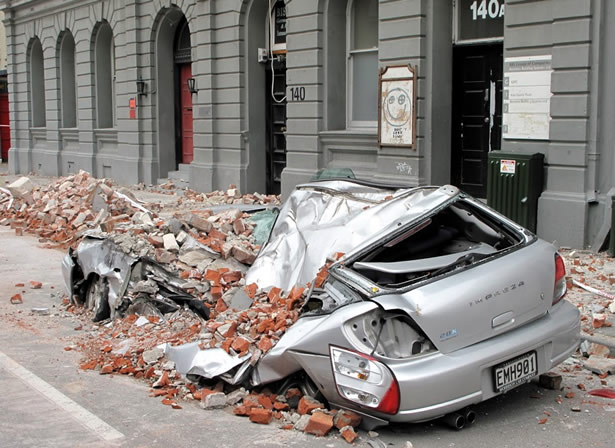
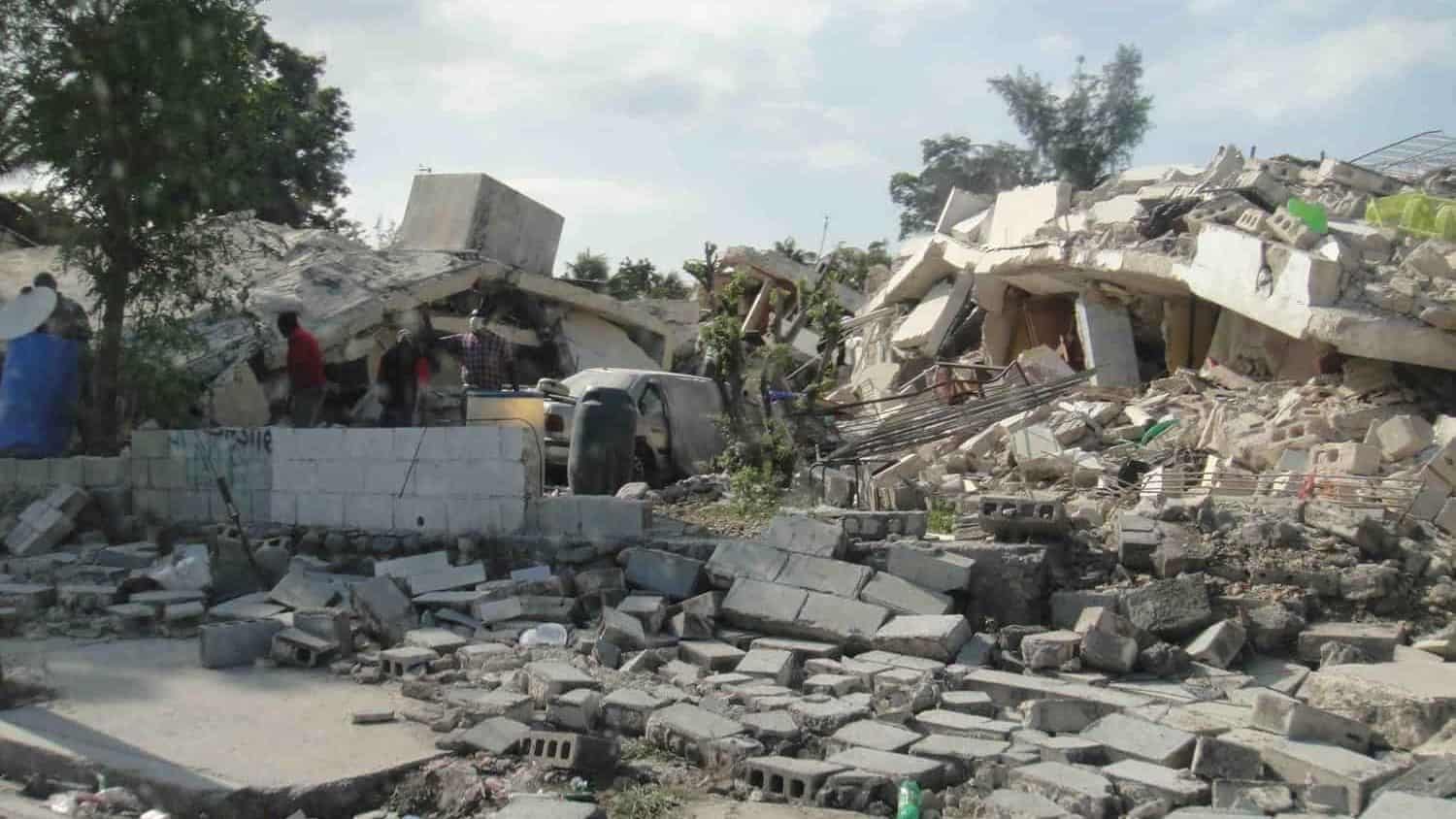
As mentioned in an earlier blog, we often look to earthquakes in similar geographies around the world to determine what might happen in our towns and cities when an earthquake strikes. We can also examine how nearly identical earthquakes can cause different levels of damage.
The M7.2 Darfield earthquake, west of Christchurch, New Zealand occurred 12 years ago, months after the M7.0 earthquake in Haiti. These earthquakes were very similar in size and were both shallow, and the Darfield earthquake was a similar distance from Christchurch as the Haitian earthquake was from Port-au-Prince. The resulting impacts to these cities were, however, vastly different. In Christchurch, a few old, masonry buildings were damaged and some chimneys toppled (left image; noting more serious damage occurred as a result of the much closer, M6.2 earthquake the following year). In all, two people were seriously injured.
In Haiti, there was widespread destruction of buildings (right image), which were built with little reinforcement, so unable to withstand earthquake shaking. Over 316,000 fatalities were reported, and approximately the same number of serious injuries.
Canada has a similar building code to New Zealand's and both countries promote public and school-age education for earthquakes, for example the ShakeOutNZ earthquake drill is almost identical to Canada's ShakeOut drills: ShakeOutBC, La Grande Secousse and ShakeOut Yukon. Unfortunately, Haiti has no building code for earthquake resilience. We can therefore surmise that a similar earthquake in Canada would result in damages and losses akin to those in New Zealand, rather than the devastation which Haiti experienced.
[Images courtesy of Ross Becker / Government of New Zealand and Internews.]
2022-08-22: EEW vibration study results
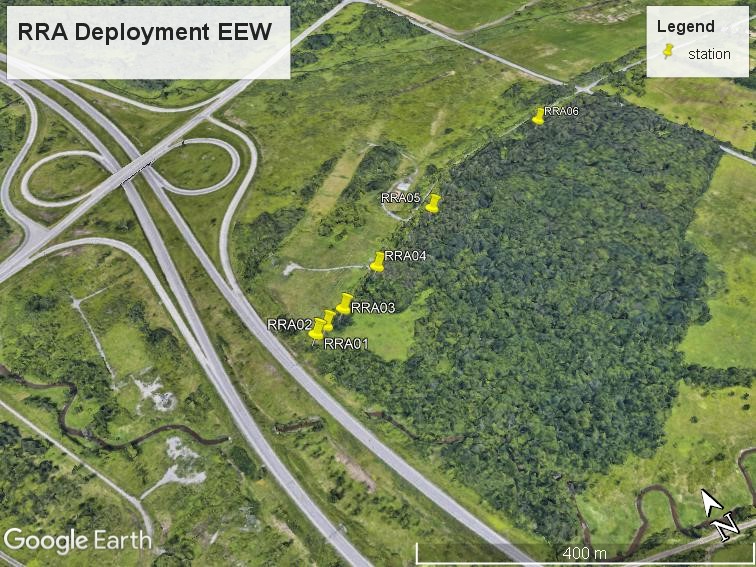
Earthquake Early Warning stations along highways in BC, ON, and QC will ensure the distribution of stations is optimal for the EEW system to work effectively, to alert people and systems of imminent shaking. NRCan needed to ensure that vibrations from traffic would not prevent these stations from recording earthquakes. Six seismometers were placed at varying distances, between 40 and 640 metres, from a highway in Ontario.
The data have been analyzed and show the seismometers were able to detect earthquakes as small as magnitude 3, 10 km away. These earthquakes produce relatively weak shaking, much lower than is likely to cause damage. EEW stations will therefore be able to detect potentially harmful earthquakes (with magnitudes usually greater than 3), even if they are installed close to highways with heavy traffic.
2022-08-16: Student's software evaluates accuracy of EEW system

Typically, when an earthquake occurs, it takes several minutes for a seismologist to analyze the data to determine the earthquake's size and location. The EEW system automatically performs this analysis within a few seconds. The details provided by the seismologist are more accurate, but those obtained by the EEW system should be similar.
Sarah Toshiko Moser, a co-operative student working for the Earthquake Early Warning (EEW) programme, has developed software to compare the location and magnitude obtained by the EEW system to those obtained by the seismologist. Sarah's software was recently used to examine the EEW system's simulated performance for earthquakes NRCan has recorded over the past few decades. This revealed the EEW system's locations and magnitudes were sufficiently close to those obtained by seismologists. This software will help monitor the system's performance when it is operational.
2022-08-03: EEW stations on Haida Gwaii
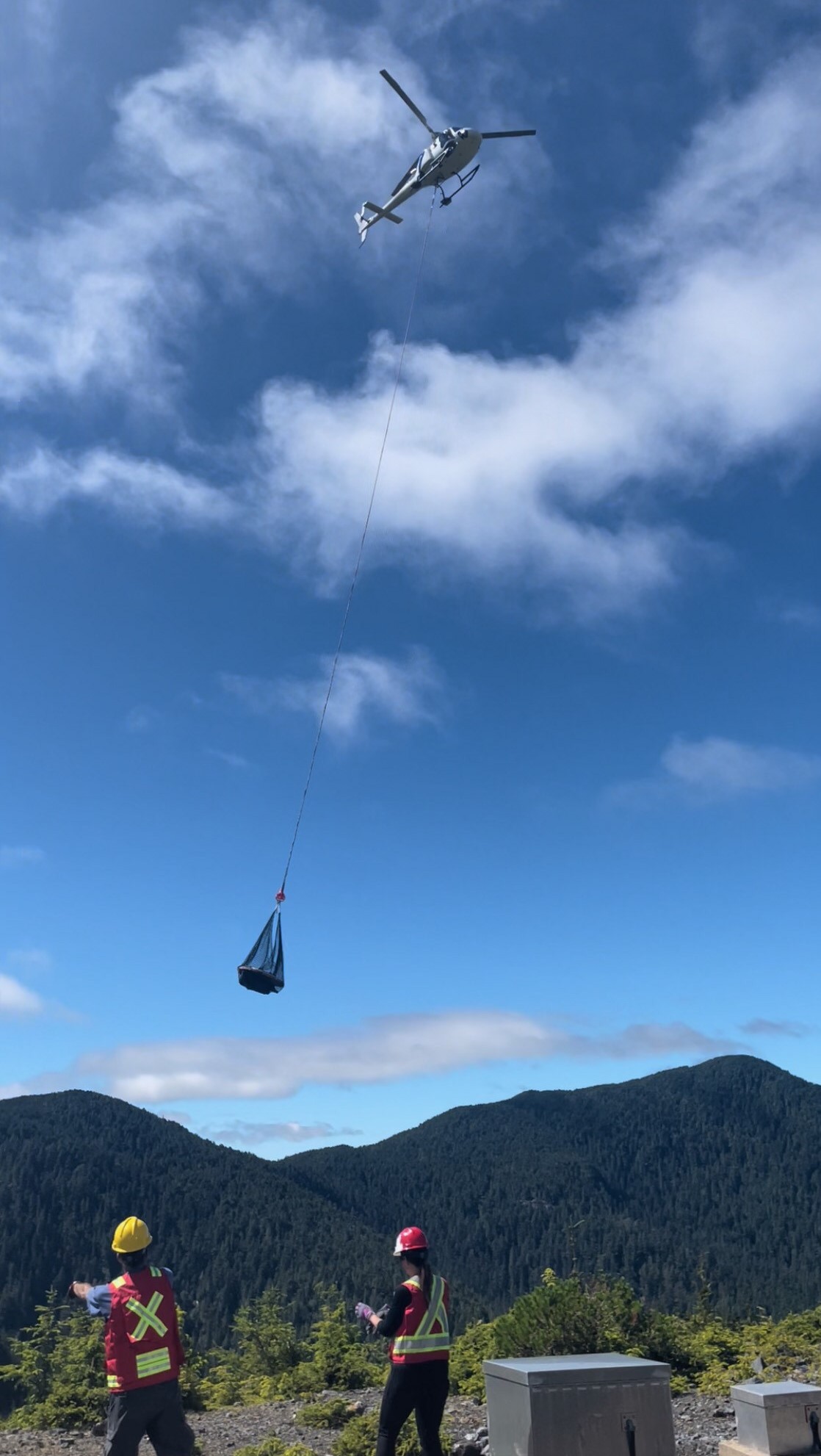
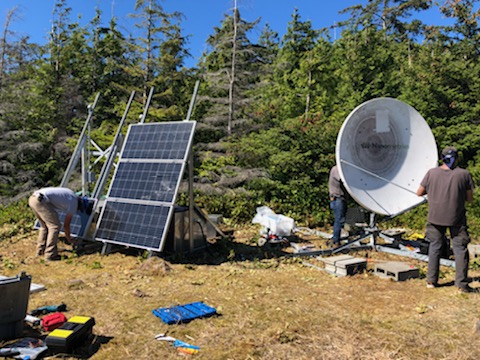
Last week, NRCan's field crew were grateful for blue skies and calm winds as they worked on Haida Gwaii. On Wednesday, a helicopter delivered an Earthquake Early Warning station kit on a sling (left hand photo) to a site in Gwaii Haanas Park. Lisa, Mingzhou, Scott, and James then installed the station's seismometer and other equipment (right hand photo). A satellite dish will send data to NRCan datacentres, and solar panels will provide the power to run the station. NRCan is working with the Council of the Haida Nation to ensure that the sites being used for these stations are in suitable locations.
2022-06-23: Anniversary of the Val-des-Bois earthquake in 2010
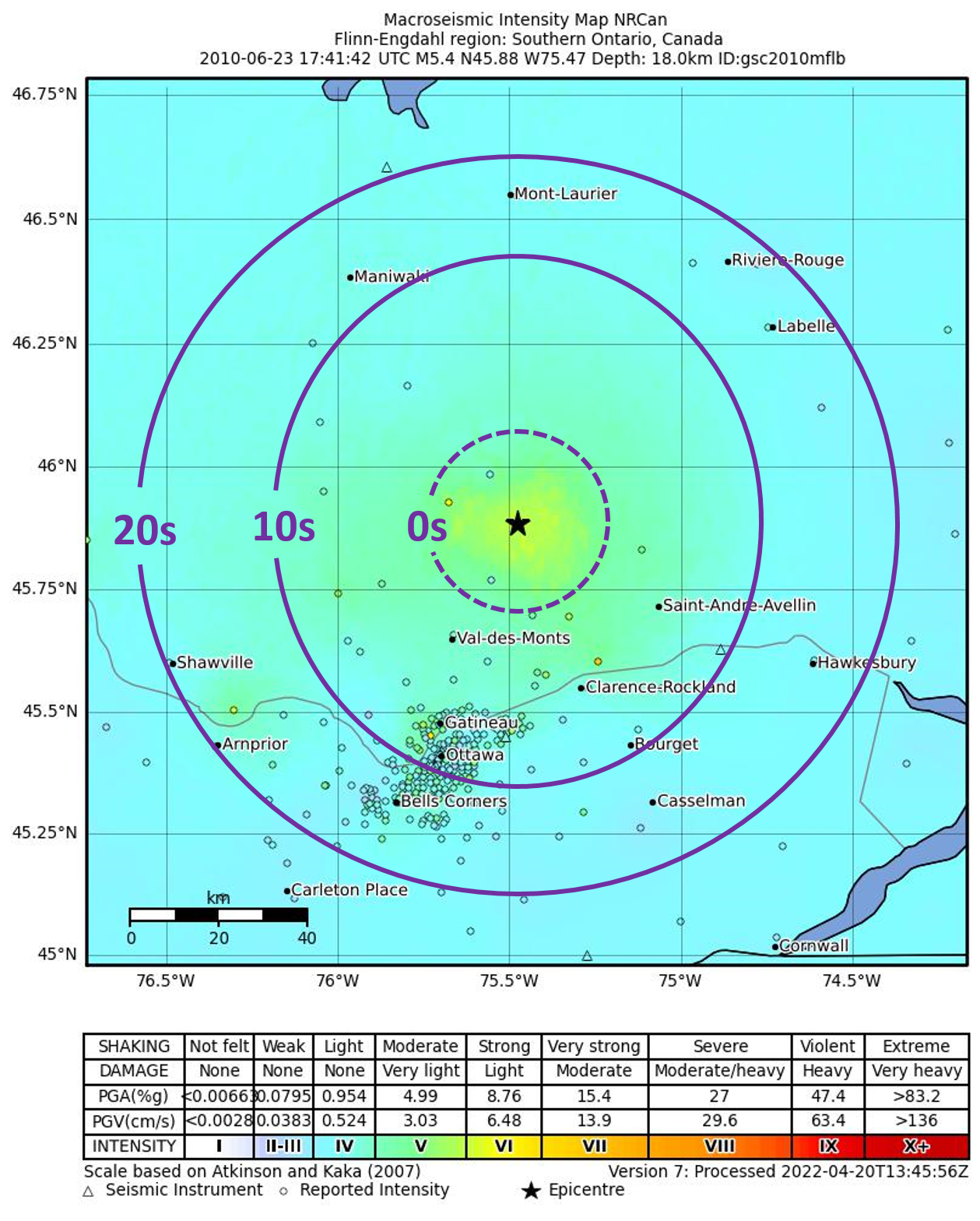
On this day in 2010, a magnitude 5 earthquake struck north of Ottawa, near the towns of Val-des-Bois and Gracefield in Quebec. The earthquake was felt to considerable distances: east of Quebec City, QC, west of London, ON, north of Sudbury, ON, and south into the northwestern United States, as far as Kentucky. This earthquake caused damage including a collapsed bridge, bricks fallen from several chimneys, cracked and uneven roads, and two landslides. There were also numerous reports of items falling off shelves. Thankfully, no serious injuries were reported.
When the EEW system is operational, people in Ottawa and Gatineau will receive 3-10 seconds of warning before the strong shaking arrives from a similar earthquake, with the amount of time dependent on where they were in the cities. This is enough time for automated systems to open doors, close valves, and sound alarms, and for people to take protective actions, usually to Drop, Cover and Hold on.
2022-06-20: Equipment for Remote EEW Stations
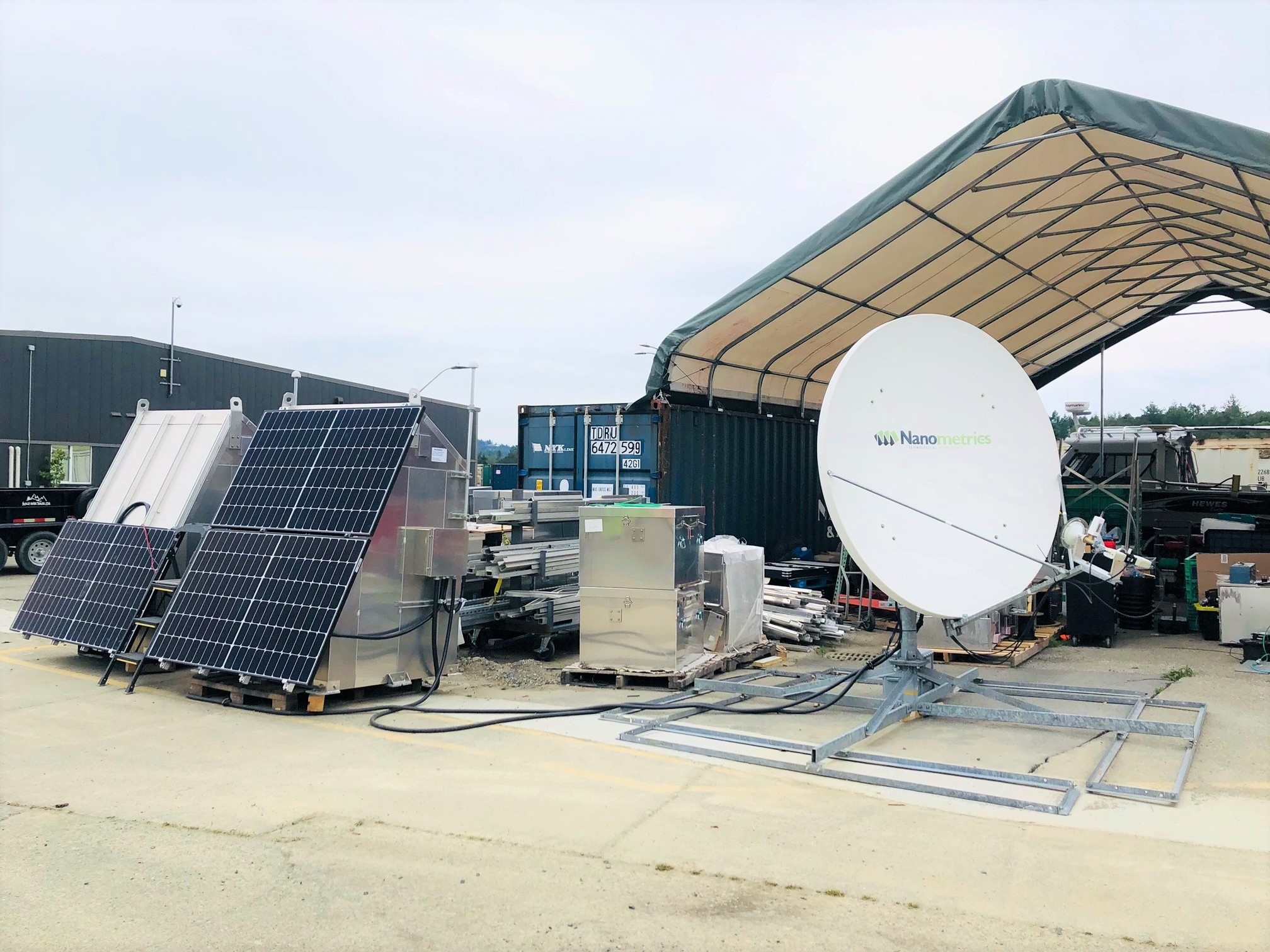
Last week, our field specialists completed testing on equipment that will be installed at remote sites on Haida Gwaii this summer. The huts will help protect the Earthquake Early Warning stations from hurricane-force winds, and are based on a design by colleagues in the United States. Solar panels and batteries will ensure the stations have power, and satellite dishes will send earthquake data to our computer centres. This combination of equipment is ideal for numerous EEW stations which will be installed in remote regions of Canada.
2022-06-08: Student creates "artificial earthquakes" to test the EEW system

As a cooperative student working for the Earthquake Early Warning (EEW) program, Bianca Angheluta helped to develop "artificial earthquakes" in order to test the EEW system. These are computer-generated seismograms to simulate the signals received from natural earthquakes. Large, damaging earthquakes have occurred in Canada in the past, but have been infrequent during recent decades, when modern monitoring equipment was used. The artificial earthquakes are used to supplement the recorded events, to test the EEW system more extensively. This ensures the EEW system will be effective for the various earthquakes that can occur throughout the high-risk areas of Canada - primarily western British Columbia, eastern Ontario, and southern Quebec.
To ensure the method for producing the artificial earthquakes was valid, the same method was used to create seismograms for recorded earthquakes. For example, Bianca generated artificial seismograms for the 2010 magnitude 5.0 Val-des-Bois earthquake, then compared these to the recorded seismograms; the artificial and natural records matched well, meaning this process can be used to test the EEW system.
2022-05-02: Emergency Preparedness Week
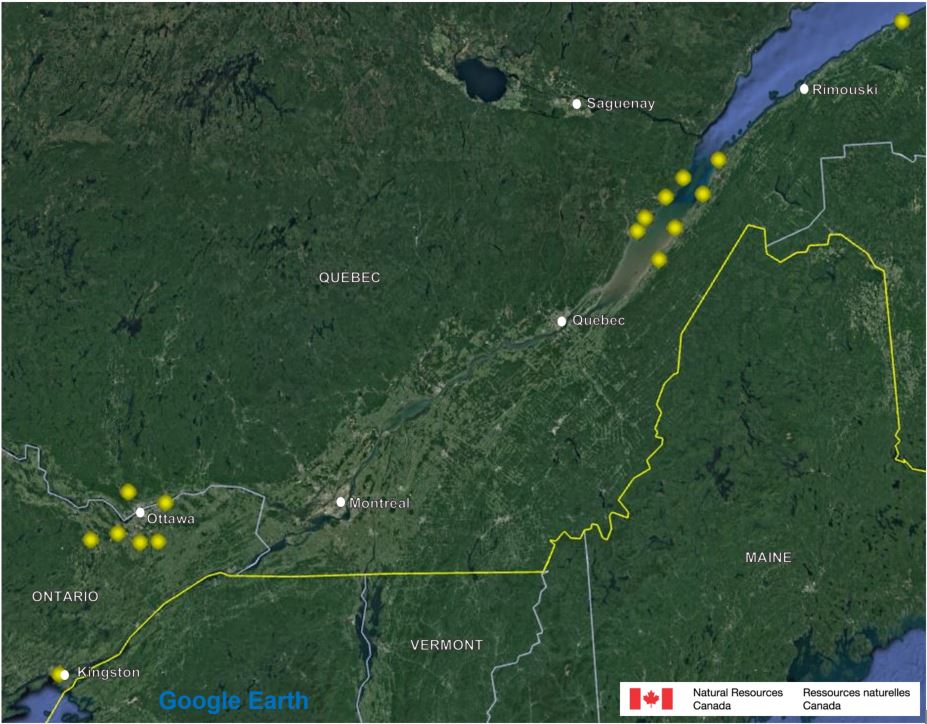
Emergency Preparedness (EP) Week is an ideal opportunity to review your emergency plan, ensure your emergency kit is up-to-date, and discuss with your family and co-workers how to respond to various risks. There are numerous ways to prepare for earthquakes, including holding an earthquake drill at home and at work.
This EP Week, we are proud to mark the installation of the first few Earthquake Early Warning stations in Ontario and Quebec. These will be part of a network which, once established, will have over 400 stations in areas of earthquake risk in Canada. The national EEW system will give seconds to tens-of-seconds of warning before the arrival of strong shaking, allowing people to protect themselves, via Drop, Cover and Hold on.